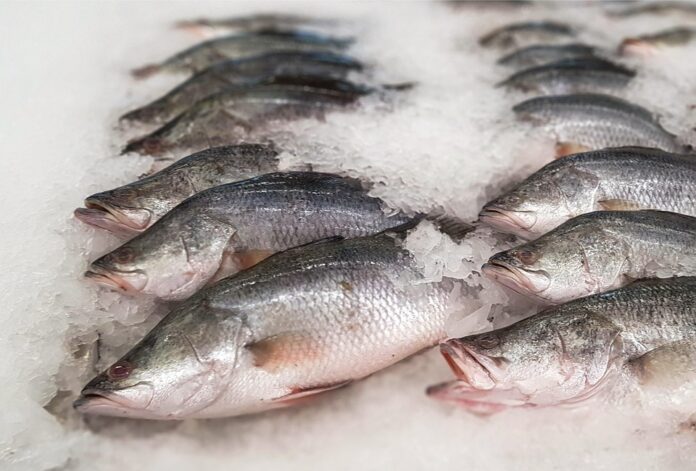Consumer Preferences for Sustainable Seafood Products Market Responses
Introduction
Sustainable seafood has become an increasingly important topic in the food industry as consumers are becoming more conscious of the environmental impact of their food choices. In this report, we will examine consumer preferences for sustainable seafood products and how the market is responding to these preferences.
Consumer Demand for Sustainable Seafood
Consumers are increasingly seeking out sustainable seafood products due to concerns about overfishing, bycatch, and the depletion of marine ecosystems. According to a recent survey by Nielsen, 73% of global consumers say they would change their consumption habits to reduce their impact on the environment, with sustainable seafood being a key focus.
Market Response to Consumer Preferences
In response to growing consumer demand for sustainable seafood, many companies in the seafood industry have started to prioritize sustainability in their sourcing practices. Major seafood retailers such as Whole Foods, Walmart, and Kroger have all made commitments to sourcing sustainable seafood products and have implemented certification programs to ensure the sustainability of their seafood supply chains.
Financial Data
According to a report by the Marine Stewardship Council (MSC), the market for certified sustainable seafood products grew by 15% in 2020, reaching a total value of $12 billion. This growth is expected to continue as more consumers prioritize sustainability in their purchasing decisions.
Industry Insights
The sustainable seafood market is also seeing increased interest from investors and venture capitalists. Companies such as BlueNalu, a cellular aquaculture company, have raised significant funding to develop sustainable seafood products that do not rely on traditional fishing practices. This indicates a growing recognition of the potential for sustainable seafood to disrupt the traditional seafood industry.
Future Trends
Looking ahead, the sustainable seafood market is expected to continue growing as consumers become more educated about the environmental impact of their food choices. Companies that prioritize sustainability in their sourcing practices are likely to see continued success in the market, while those that do not adapt to changing consumer preferences may face challenges in the future.
In conclusion, consumer preferences for sustainable seafood products are driving significant changes in the seafood industry. Companies that prioritize sustainability in their sourcing practices are well-positioned to capitalize on this growing market trend, while those that do not may struggle to meet consumer demand. The future of the sustainable seafood market looks promising, with continued growth expected in the coming years.




